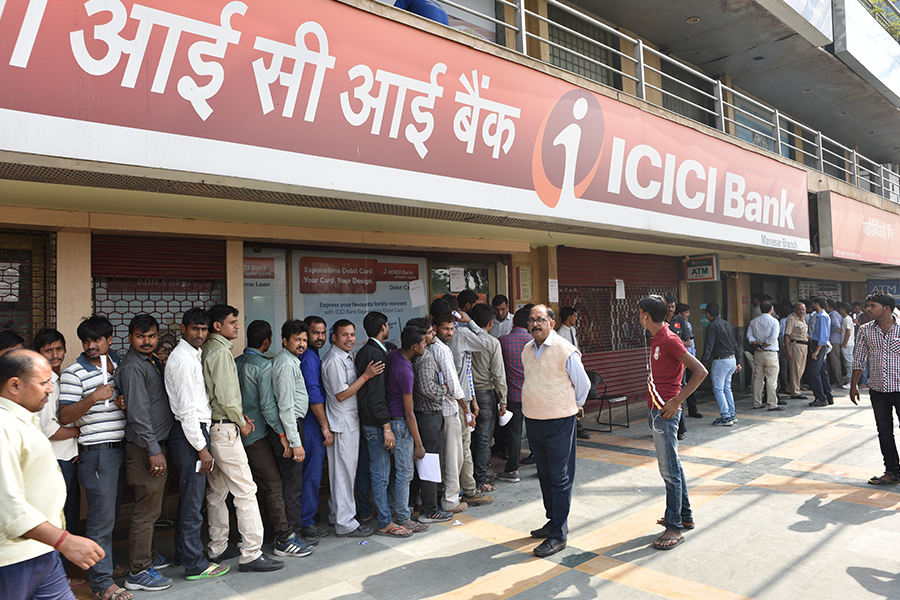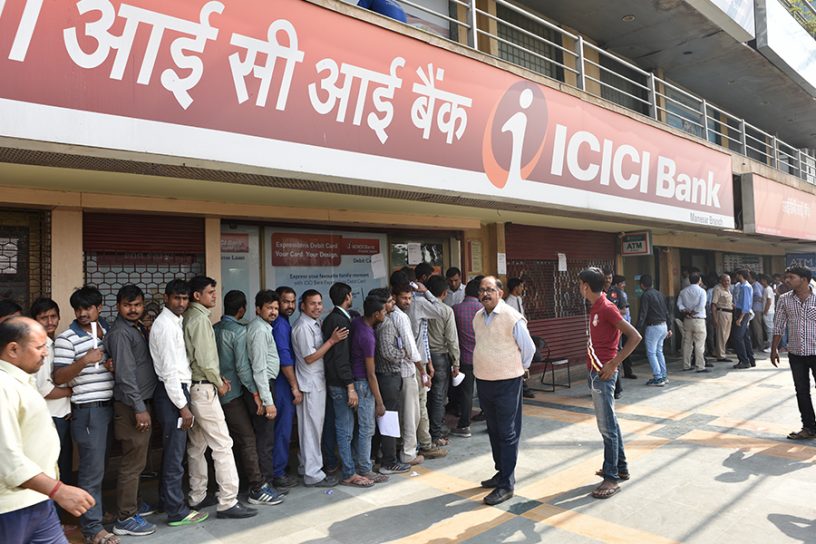
Even though all consumers experienced a decline in welfare due to demonetization, its extent varied depending on the degree of cash dependence and the ability to switch to non-cash payments.
Authors
Nikhil Damodaran, Assistant Professor, Jindal School of Government & Public Policy, O.P. Jindal Global University, Sonipat, Haryana, India.
Ayushi Bajaj, Monash University, Dandenong Road, Caulfield East, Australia.
Summary
Consumer payment choice is based on heterogeneous preferences, availability, usage costs, and effective taxes. We examine the consequences of this choice on consumption distribution, aggregate output, welfare and the shadow economy.
We analyze India’s sudden demonetization of 86% of the cash in circulation with new notes gradually being replaced over the next several months. The welfare cost of the liquidity shock was equivalent to 1% of consumption owing to the slow remonetization process.
Even though all consumers experienced a decline in welfare, its extent varied depending on the degree of cash dependence and the ability to switch to non-cash payments. The middle consumption deciles were disproportionately affected.
Published in: Journal of Economic Dynamics and Control
To read the full article, please click here.


